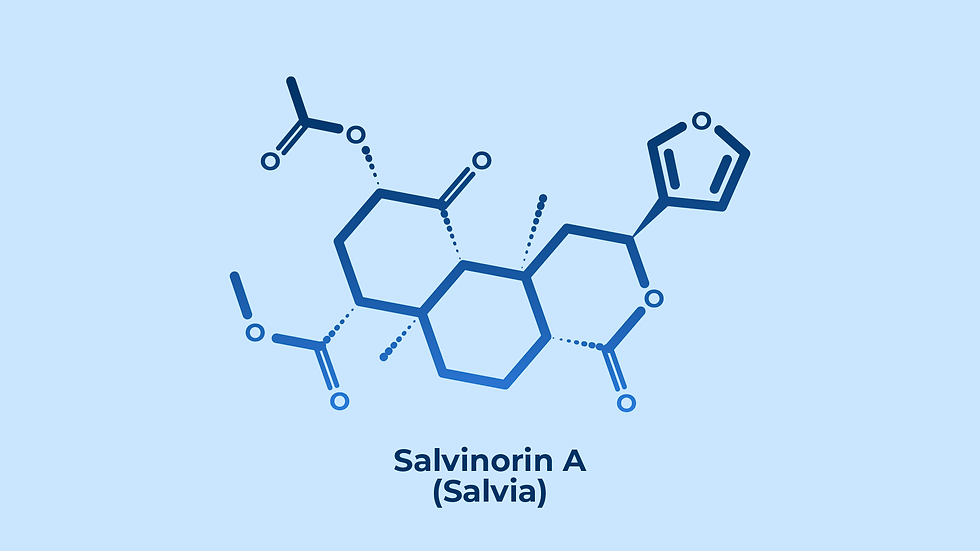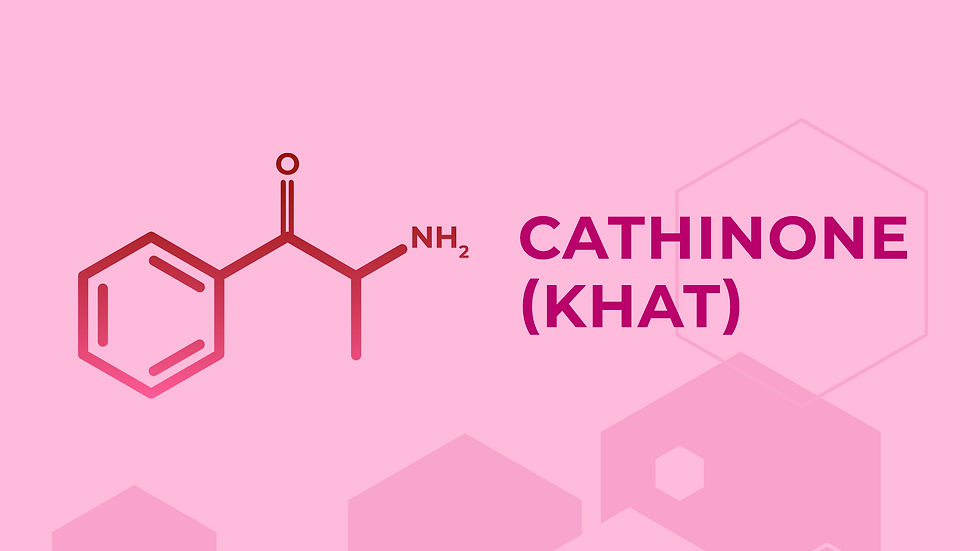top of page

Drug Information
Detailed, evidence-based information on drugs and their properties, applications, effects and risks. Based on the latest pharmacological research.
Click on the tabs below to flick between the different categories
Support our work and help ensure that evidence-based research can influence policy and public opinion, not political or commercial agenda.
Drug Science is an independent, science-led drugs charity. We rely on donations to continue to promote evidence-based information about drugs without political or commercial interference.
We are grateful … But we need more. We can’t do it alone. Becoming a donor will help ensure we can continue our work. Join our Community and access opportunities to become more deeply engaged in our work.
bottom of page






































